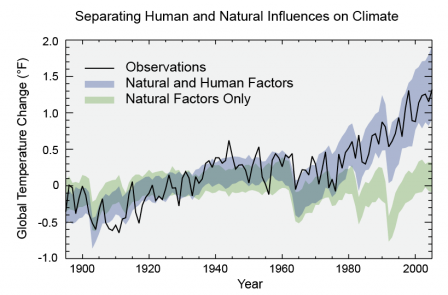Climate change stands as one of the gravest challenges of our time, demanding immediate and collective action. While the enormity of the problem can often feel paralyzing, focusing on actionable strategies can galvanize communities and individuals to become part of the solution. The discourse surrounding climate change should not be relegated to blame or despair; instead, it should center around bold and innovative measures that we can undertake together. Here, we explore three audacious strategies that promise to reshape our approach to combating climate change, fostering a shared vision of sustainability and resilience.
1. Transition to Renewable Energy Sources
Perhaps the most impactful shift we can collectively undertake is the rapid transition from fossil fuels to renewable energy sources. The dependence on coal, oil, and natural gas has not only led to the degradation of our environment but also exacerbated socio-economic inequalities. By investing strategically in solar, wind, and other renewable energy technologies, we can dramatically reduce greenhouse gas emissions. The curious might wonder: how can this transition be made feasible for everyone?
To answer this, we must consider three essential components: policy reform, community engagement, and technological innovation. Local governments can spearhead initiatives that provide tax incentives for businesses and households to install solar panels. Engaging communities through educational campaigns fosters a sense of ownership and responsibility towards renewable energy projects. Moreover, as technology advances, costs associated with renewable energy are on the decline, making it increasingly accessible. Innovators are devising methods to harness energy from previously overlooked sources, such as tidal and geothermal energy. By embracing these alternatives boldly, we can not only combat climate change but also create a plethora of job opportunities and enhance energy security.
2. Regenerative Agriculture Practices
A second formidable avenue to mitigate climate change lies in our approach to agriculture. Traditional farming practices often degrade soil health and deplete resources, multiplying the vulnerabilities of our ecosystem. In contrast, regenerative agriculture emphasizes restoring the land, nurturing biodiversity, and sequestering carbon from the atmosphere. If we dare to rethink our food systems fundamentally, we can usher in a transformative era for agriculture.
Regenerative methods, including cover cropping, crop rotation, and holistic grazing, have garnered scientific backing for their ability to enhance soil fertility while simultaneously mitigating emissions. By employing these practices on a large scale, farmers can create resilient agroecosystems capable of withstanding climatic extremes. Grassroots movements advocating for local, sustainable food sources are addressing the insidious environmental impacts of industrial agriculture. Consumers can play an integral role by supporting farmers who commit to regenerative practices, thus driving demand for sustainably-produced food.
Furthermore, education around food waste must not be overlooked. Roughly one-third of the food produced globally is wasted, contributing significantly to emissions from decomposing organic matter in landfills. By championing solutions that minimize food waste—such as composting initiatives, community fridges, and awareness campaigns—we can close the loop of production and consumption. Such collective efforts promise to not only mitigate climate change but also ensure food security for future generations.
3. Fostering Sustainable Urban Environments
As the global population continues to urbanize at an unprecedented rate, the environmental consequences of city living cannot be ignored. Urban areas are responsible for over 70% of global carbon emissions. However, a seismic shift in urban design and planning could pave the way for sustainable living. Let us envision cities that prioritize sustainability, pedestrian-friendly infrastructure, and green spaces.
One bold initiative is the promotion of public transportation systems, which can significantly reduce individual carbon footprints. Expanding and modernizing transit networks can offer a viable alternative to car travel. Advocating for the implementation of clean energy solutions within these systems—including electric buses and trains provided by local governments—can facilitate this shift.
Moreover, the integration of green architecture into urban environments plays a vital role. Constructing buildings with renewable materials, energy-efficient designs, and green roofs helps mitigate the urban heat island effect, improving air quality and enhancing well-being. Cities such as Copenhagen and Singapore exemplify the potential of green urban planning, showing that desiring harmony between urban living and nature is not just a dream, but a tangible reality. These transformations must involve collaboration among architects, policymakers, and community members, ensuring that the voices of all stakeholders are heard.
Another transformative approach involves creating urban green spaces, such as parks and community gardens, which beautify neighborhoods, encourage biodiversity, and improve residents’ mental health. By investing in these spaces, we nurture a collective consciousness around sustainability and reclaim our right to a healthy environment.
In summation, addressing climate change requires bold, collective action that transcends individual efforts. By transitioning to renewable energy sources, adopting regenerative agriculture practices, and reimagining urban environments, we can forge a resilient, sustainable future for ourselves and the planet. This call to arms requires curiosity, collaboration, and a reorientation of our societal values toward sustainability. Now is the time to summon the courage to act decisively, and together, we can revolutionize our relationship with the Earth, ensuring a thriving future for generations to come.






